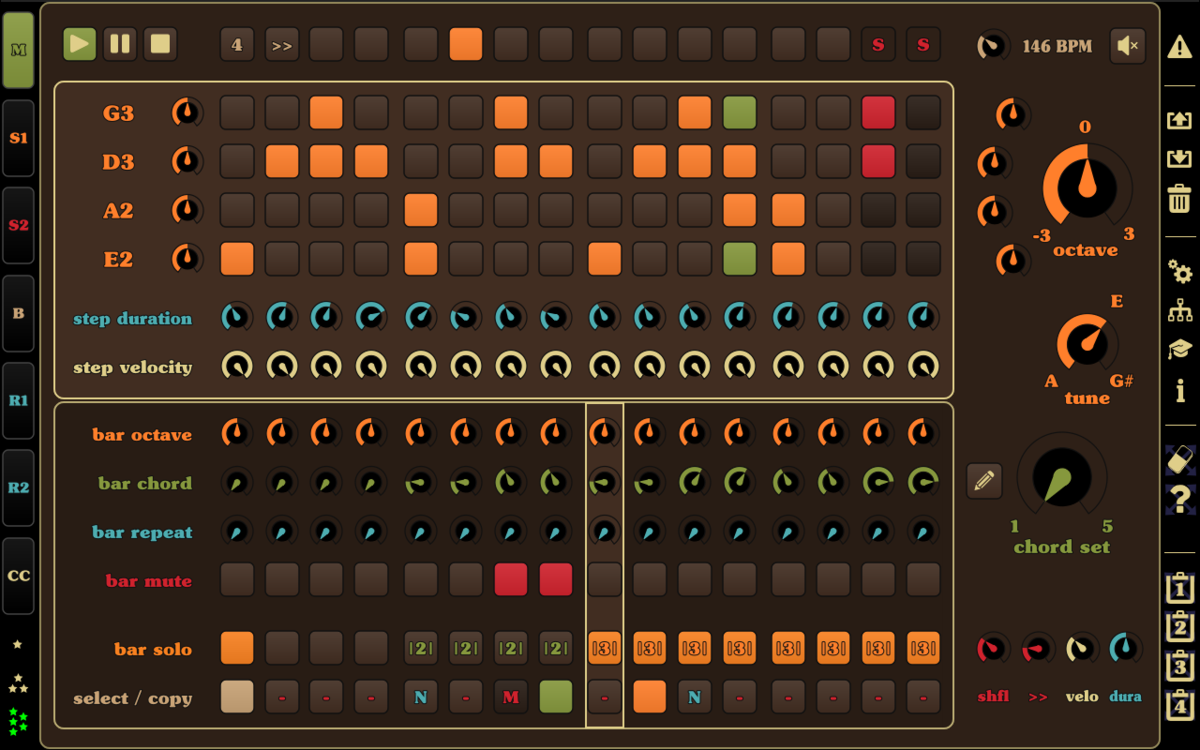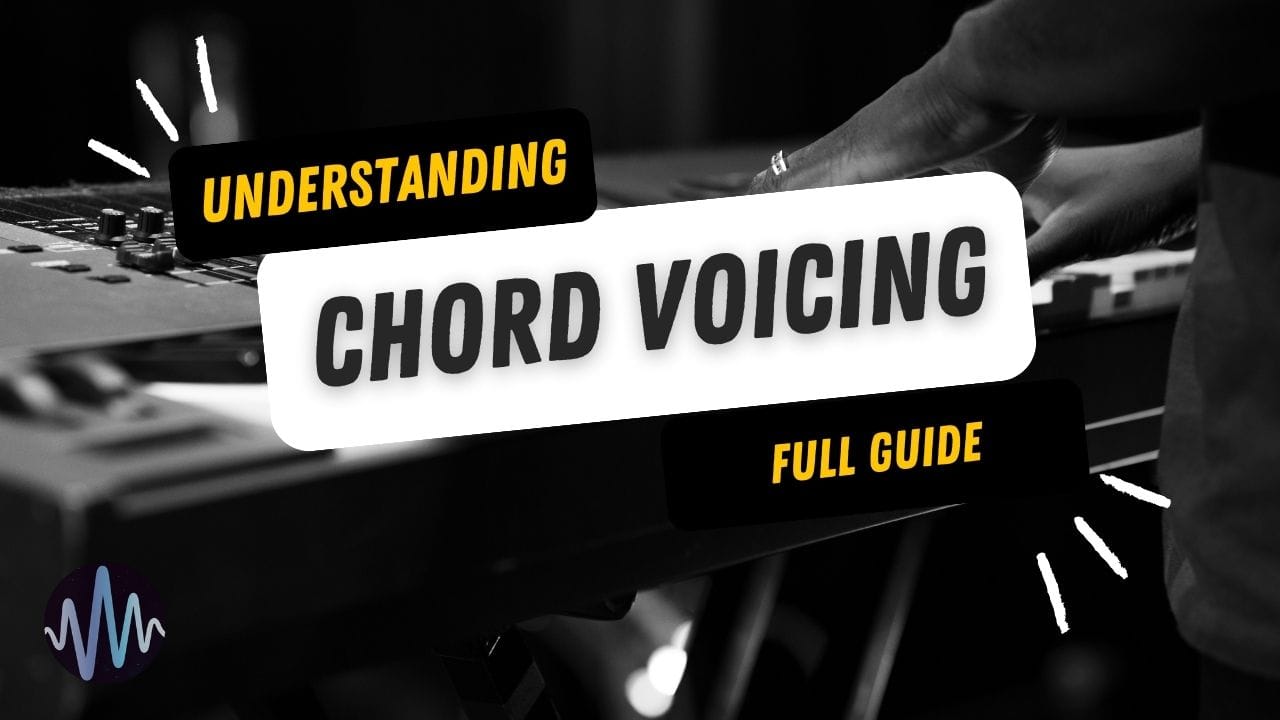A simple hack can lead to significant improvements. Small, clever techniques have the potential of making a big impact – when done right. This approach can be applied in various areas such as music, art, and problem solving.
When making music sometimes it's the simple things that lead to the biggest breakthroughs for producers. Let's imagine making drum grooves, you can leverage simple techniques to create new sounds – just by experimenting different sound textures.
Let's take a look at how you can do this.
In This Blog You Will Learn:
- How simple hacks can lead to innovative drum grooves.
- Techniques for sampling and manipulating everyday sounds.
- The impact of unconventional time signatures on drum patterns.
- Ways to incorporate global rhythms into your drum programming.
- Creative use of digital effects like glitches and algorithmic randomization.
Simple Hacks to Sampling
One "hack" could involve sampling and manipulating sounds to create entirely new percussion elements. Recording everyday objects like kitchen utensils, machinery, or even the human body, you build a library of unique, organic-sounding percussive timbres. Or using pitch-shifting, time-stretching, and layering, samples can be transformed into distinctive drum patterns.

Another approach is experimenting with unconventional time signatures or rhythmic structures. Stepping outside the traditional 4/4 framework, you get drum grooves that have a distinct feel. Exploring time signatures like 5/4, 7/8, or even more complex meters can inspire unexpected rhythmic interplays that make your track sounds fresh.
You can create drum grooves that challenge listeners' expectations and push the boundaries of what is considered "musical."

Making unique drum grooves
Now let's breakdown how simple ideas can lead to breakthrough drum grooves in music production:
1. Sample & Manipulate: Found Sounds as Percussion
2. Break the 4/4 Mold: Unconventional Time Signatures
3. Digital Chaos: Embrace the Glitch
The Power of keeping things Simple
A complex skill often involves breaking it down into smaller, more manageable components. This approach not only makes the learning process less overwhelming but also more efficient. For example, drummers often struggle with achieving a smooth groove. You need this for maintaining rhythm and enhancing musical performance.
The Drum Groove Hack
Imagine you’re learning to play a complex drum groove that involves multiple limbs working in unison. The traditional approach might involve repetitive practice, focusing on each limb individually before combining them. However, a more effective method could be simplifying the groove into its core elements and practicing these basic components repetitively until they become second nature.

The Steps:
- Isolate the Elements: Break down the groove into its fundamental parts - the kick, snare, and hi-hat patterns.
- Practice Separately: Spend time on each element until it feels natural.
- Combine Gradually: Slowly integrate the parts, starting with two elements and then adding more as you progress.
- Add Variations: Once comfortable, introduce slight variations to add complexity and interest.
Advanced Techniques for your Drum Groove
To take your drum grooves to the next level, consider incorporating advanced techniques that add depth and interest. Techniques such as pitch manipulation, expressivity, and creative distortion can transform a basic groove into something unique and engaging.
Pitch Manipulation
Changing the pitch of certain drum elements can create a dynamic and engaging sound. Experiment with pitch bends or glissando effects to add a unique twist to your beats. For more on this, see our guide on Creating Trance-Like Synth Effects.

Expressivity
Adding expressivity to your drumming involves varying the velocity and timing of hits to mimic the nuances of live performance. This can be achieved through manual adjustments or using tools like Ableton Live's velocity variation features. Discover more in our article on Advanced Transition Techniques for DJs.
Creative Distortion
Distortion can add character and edge to your drum sounds. Experiment with saturation, bit-crushing, and wave-shaping to create a gritty, unique sound. Learn more about this technique in our post on Making Lo-Fi Tracks.
Using Step Sequencers for Drum Patterns
Step sequencers can be a game-changer in creating intricate drum patterns with precision and creativity. They allow you to visualize and manipulate each step of your beat, making it easier to add complexity and variation.
Getting Started with Step Sequencers
Step sequencers offer a visual way to program drum patterns, helping you to lay out each beat systematically. This tool is particularly useful for beginners and experienced producers alike, enabling you to create detailed and dynamic grooves. For a comprehensive guide on step sequencers, check out our article on Step Sequencers: Tips, Gear, VSTs & DAW Guides.

Transforming Your Drum Groove
- Start with a Basic Drum Loop: Use a simple kick-snare pattern.
- Add Syncopation: Introduce off-beat hi-hats or percussion elements to add groove.
- Layer with Melodic Elements: Create a simple melody that follows a repetitive pattern.
- Manipulate Pitch: Add a glissando effect to some notes in the melody to create a dreamy feel.
- Introduce Distortion: Apply saturation to the melody and bit-crushing to the hi-hats for a grittier sound.
- Disrupt the Pattern: Add a sudden change in the rhythm or a pitch bend at the end of a phrase to keep the listener engaged.
For more insights on enhancing your music production, check out our guide on Become a Pattern Finding Expert.

Putting it all in action
1. Kick and Snare
The kick and snare are the backbone of any drum groove. Make sure your kick is punchy and sits well with your bassline, while your snare cuts through the mix. Layering samples can add depth and character to these elements. Layering a high-pitched clap with a snare can create a fuller sound.
2. Use Ghost Notes
Ghost notes are subtle, quieter hits that add groove and complexity to your drum patterns. Typically placed on the snare, these notes fill the gaps between the main hits. Experiment with different velocities to make them sound natural.
3. Humanize Your Drums
Perfectly quantized drums can sound robotic. To inject some life into your grooves, slightly adjust the timing and velocity of your hits.
4. Incorporate Drum Fills
Drum fills are great for transitioning between sections of your track. They keep the listener engaged and add excitement. Experiment with different types of fills, from simple tom rolls to complex snare patterns.
5. Layer Percussion Elements
Adding percussion elements like shakers, tambourines, and congas can enhance the groove and add texture to your drum patterns. Pan these elements subtly to create a more immersive sound.
6. Experiment with Swing
Swing adds a laid-back, offbeat feel to your groove. Most DAWs have a swing or shuffle function that can be applied to your MIDI patterns. Experiment with different swing values to find the sweet spot that complements your track.
7. FX and Processing
Effects like reverb, delay, and saturation can transform your drum sounds. A bit of reverb can add space and depth, while saturation can add warmth and grit. Don’t be afraid to get creative with effects to craft unique drum sounds.
8. Layer Drum Samples
Layering different drum samples can create a richer and more complex sound. For example, layering a short, punchy kick with a longer, boomy kick can give you the best of both worlds. The same goes for snares and hi-hats – mix and match to find the perfect combination.
9. Sidechain Compression
Sidechain compression is a popular technique in electronic music production. Ducking the volume of other elements when the kick drum hits is key. You can create a pumping effect that adds energy and movement to your track.
10. Reference Real Tracks
Listen to your favorite tracks and analyze the drum patterns. Pay attention to the arrangement, the use of fills, and the overall groove.
Recap:
- Simple ideas can spark groundbreaking drum grooves.
- Sampling found sounds creates unique percussion elements.
- Unconventional time signatures offer fresh rhythmic possibilities.
- Global musical traditions can inspire innovative drum patterns.
- Embracing digital chaos can lead to distinctive and unexpected grooves.
Final Words
Remember: Breakthroughs often come from unexpected places and the simple things. Don't underestimate the power of a simple idea. Embrace limitations, experiment, and focus on the "feel" – you'll be surprised at the grooves you make.
Start Small, Think Big
So next time you find yourself struggling with a complex task, remember the power of simple hacks. Start small, stay consistent, and watch as these tiny improvements lead to big changes.
The drum groove hack serves as a perfect example of how breaking down complex tasks into smaller, manageable parts can lead to substantial improvements, not just in music, but in any area of life.









Comments